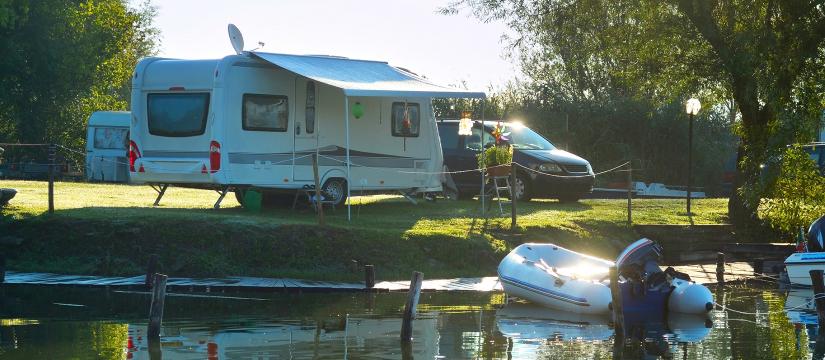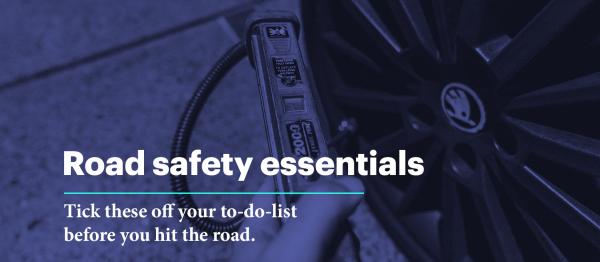This article was originally published in January 2021 and has been updated.
Share this story:
When you’re out on the water, wearing a lifejacket is a must. But requirements for lifejackets vary depending on the type of vessel being used, the state you’re in, and the age of the people wearing them.
Lifejackets — also known as personal floatation devices (PFDs) — are the most important piece of safety equipment on any recreational vessel. After all, they could save your life.
An approved lifejacket must be carried for each person on board most vessels. It must be the correct size for the person wearing it and be in good working condition. Depending on your state laws, if you fail to carry or wear a lifejacket while boating, you could cop a hefty fine.
The rules and safety regulations for lifejackets varies according to the state you’re in, the activity you’re undertaking, and the age of the person wearing the lifejacket. It’s super important to be across these rules in order to make sure you’ve got the right lifejacket for your circumstances.
As a basic rule of thumb, all PFDs, regardless of whether you’re on a jet ski, kayaking or boating on rough waters, must adhere to Australian Design Standard AS4758.
To find out what rules apply to you, get in touch with your local marine safety agency:
| Agency | State/Territory | Website |
| Roads and Maritime Services | New South Wales and Australian Capital Territory | rms.nsw.gov.au |
| Maritime Safety Queensland | Queensland | msq.qld.gov.au |
| Transport Safety Victoria | Victoria | transportsafety.vic.gov.au |
| Marine and Safety Tasmania | Tasmania | mast.tas.gov.au |
| Department of Planning, Transport and Infrastructure | South Australia | sa.gov.au |
| Department of Transport | Western Australia | transport.wa.gov.au |
| Department of Infrastructure, Planning and Logistics | Northern Territory | nt.gov.au |
Life jackets are rated according to how much buoyancy they provide, which is measured in newtons. The higher the newtons, the greater the buoyancy. Keep in mind, lifejackets from Level 50 and below can’t be used as lifejackets on a boat because they don’t provide the appropriate level of support needed for harsher water conditions.
Here’s a summary of the different ratings:
Where you’d use it: offshore and rough waters.
Designed for: people wearing clothes that could trap air and stop the jacket from turning you in the face-up position.
Where you’d use it: enclosed or open waters.
Designed for: keeping your head face-up and above water, even if you’ve lost consciousness.
Where you’d use it: waters closer to shore.
Designed for: high visibility and calmer conditions.
Where you’d use it: smooth waters.
Designed for: waterskiing, stand-up-paddle boarding.
Where you’d use it: smooth waters.
Designed for: as the ‘s’ suggests, these are for special purpose water activities within a distance limit.
For more information on requirements, head over to amsa.gov.au.
Lifejackets are exposed to many different elements, sun, water, salt and dust, and over time, they can be subject to wear and damage. So, it’s important to check them regularly to make sure they’re in good condition. Look out for signs of wear, check that seams aren’t fraying or separating, and make sure any accessories like lights and whistles are working.
Some lifejackets need a professional service once a year, while others can be checked yourself. Check the manufacturer’s website for what’s required for your lifejacket. If yours needs a professional check, head over to Lifejackets.org.au, they have an interactive map that can help you to find a store or service centre in your area.
All content on the NRMA Insurance Blog is intended to be general in nature and does not constitute and is not intended to be professional advice.


